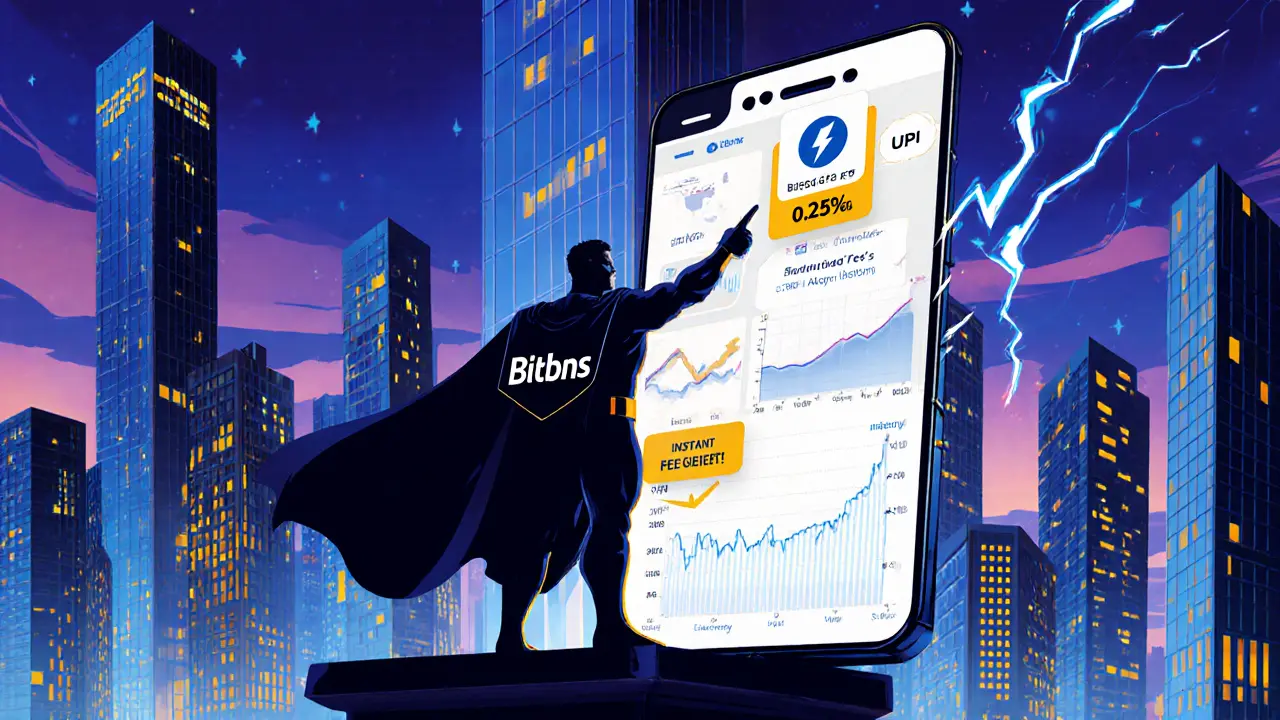When working with Bitbns fees, the charges applied by the Bitbns exchange for buying, selling, and transferring crypto assets. Also known as Bitbns trading fees, they directly affect your profit margin on each trade. Bitbns exchange, an Indian crypto platform that supports spot and derivatives trading uses a classic maker/taker fee model, where makers add liquidity and takers remove it, each paying a different rate. The platform also offers fee discount tiers, lower percentages for higher monthly trading volumes or holding native tokens, which means your activity level can shrink the charges you see.
Bitbns fees encompass three core components: the base maker rate, the taker rate, and any applicable discounts. The maker rate is usually 0.15% of the trade value, while the taker rate sits at 0.25% for most pairs. If you trade more than 10 BTC in a month, the taker fee drops to 0.20%, and holding the platform’s native token can shave another 0.05% off both sides. This hierarchy shows a clear semantic triple: Bitbns fees require higher volume to unlock discount tiers. In practice, the more you trade, the less you pay per transaction, which can add up to significant savings over time.
First, the maker/taker distinction matters because it influences market depth. Makers place limit orders that sit on the order book; they earn a lower fee as an incentive to provide liquidity. Takers execute against existing orders, paying a slightly higher rate for the immediacy they receive. Second, the discount system is volume‑driven: each tier is defined by a range of monthly trade volume measured in USD or BTC. Third, there’s a token‑based rebate: holding the exchange’s native token gives you a flat reduction on both maker and taker percentages. Together, these elements form a straightforward formula: Base fee + (‑ discount based on volume) + (‑ rebate for token holding). Understanding this formula lets you predict your exact cost before you click “Buy”.
Compared to other Indian exchanges, Bitbns fees sit in the mid‑range. Some platforms charge a flat 0.2% for all trades, while others use a tiered system that can go up to 0.5% for low‑volume users. Because Bitbns blends a modest base rate with clear discount pathways, it appeals to both casual traders and high‑frequency participants. If you’re just starting out, the 0.15% maker fee is already lower than many competitors, and you can benefit from the token rebate without needing massive volume.
Practical tips to keep your Bitbns fees low: monitor your monthly volume and plan larger trades to cross discount thresholds; consider buying and holding the native token if you trade regularly; and use limit orders whenever possible to qualify for maker rates. By treating fees as a variable you can control, you turn a cost center into a strategic lever. Below you’ll find a curated list of articles that dive deeper into each aspect—ranging from detailed fee tables to step‑by‑step guides on optimizing your trading strategy on Bitbns.

In-depth 2025 review of Bitbns covering fees, security, trading tools, Indian payment options, and how it stacks up against Unocoin and Bitoasis.